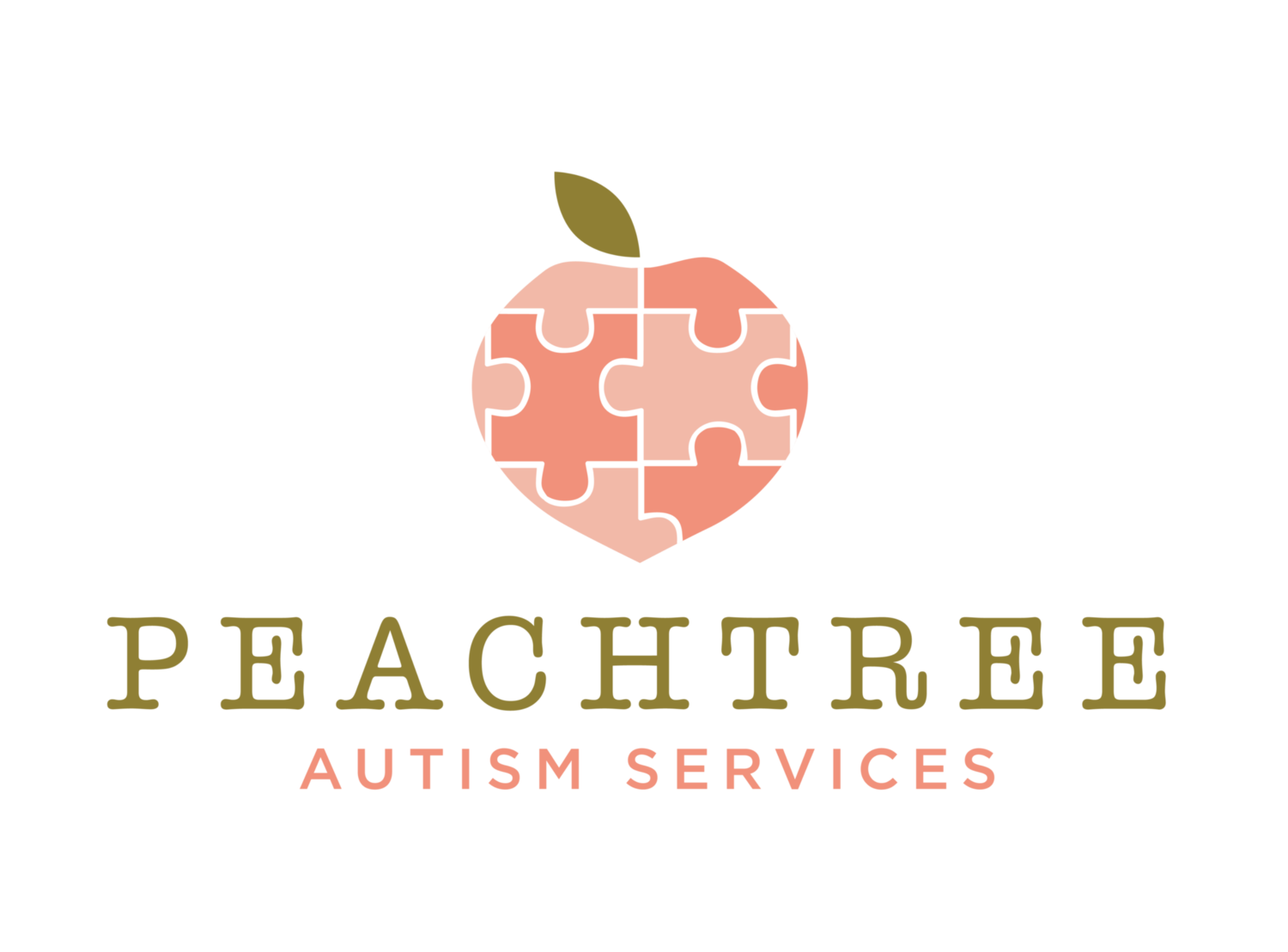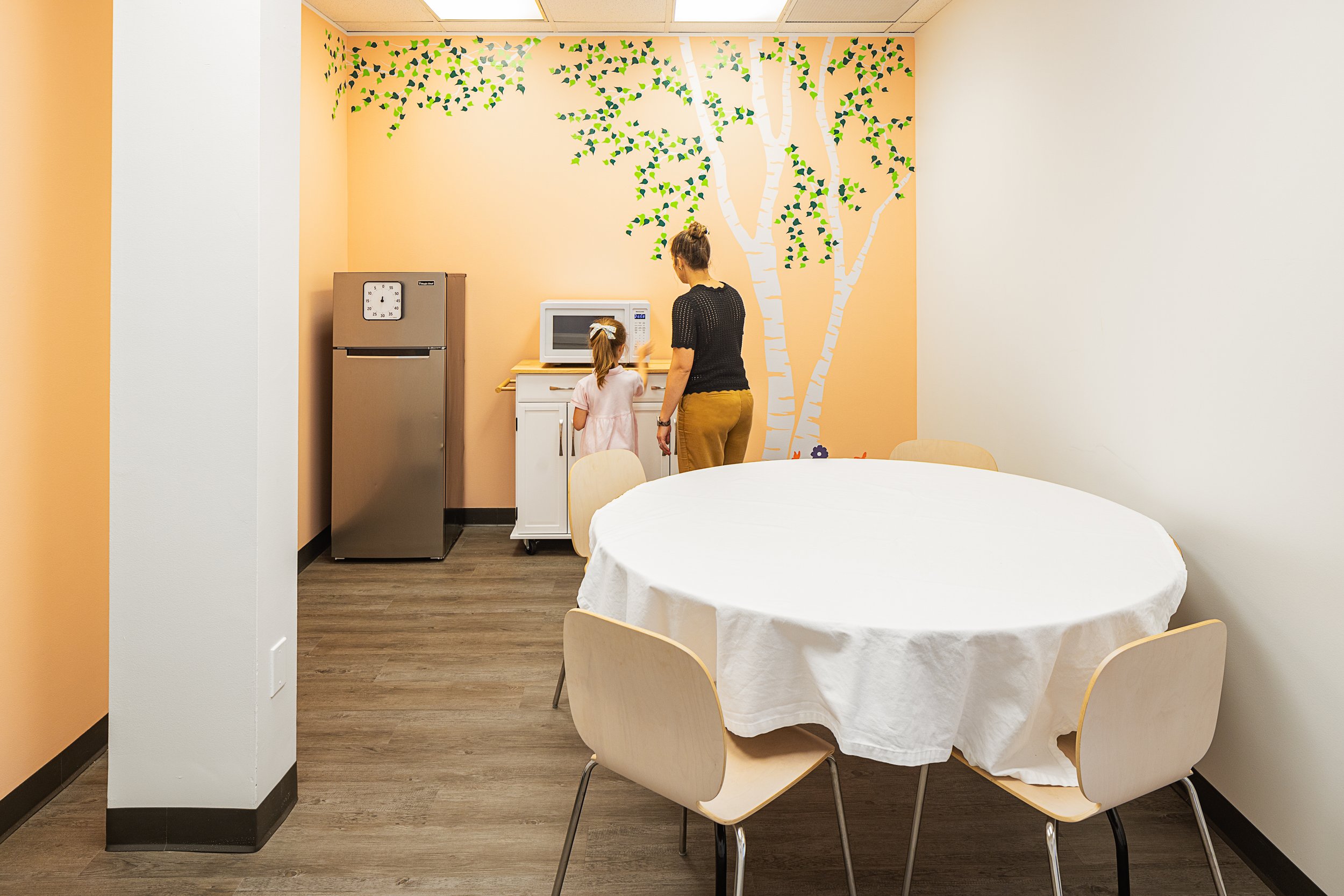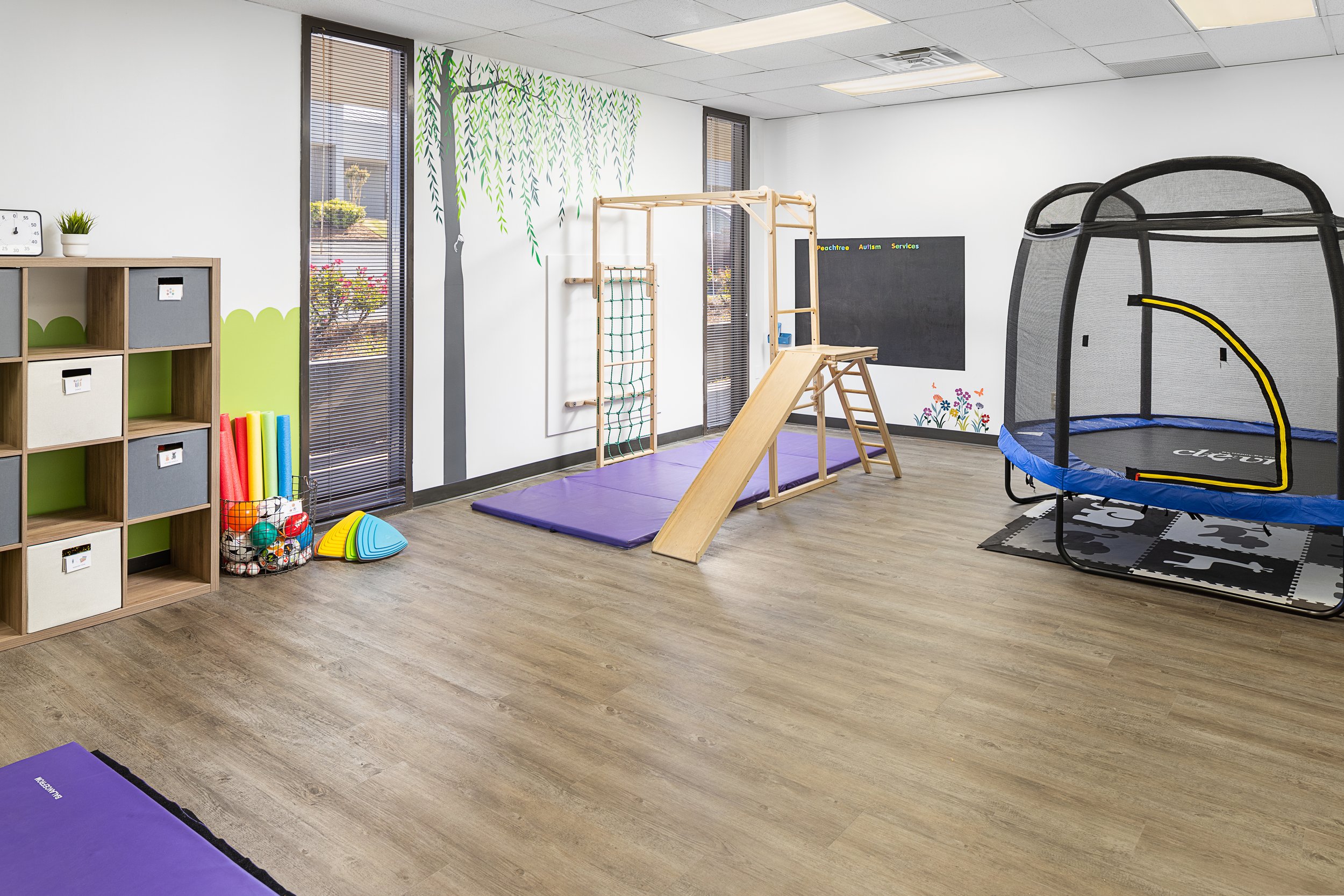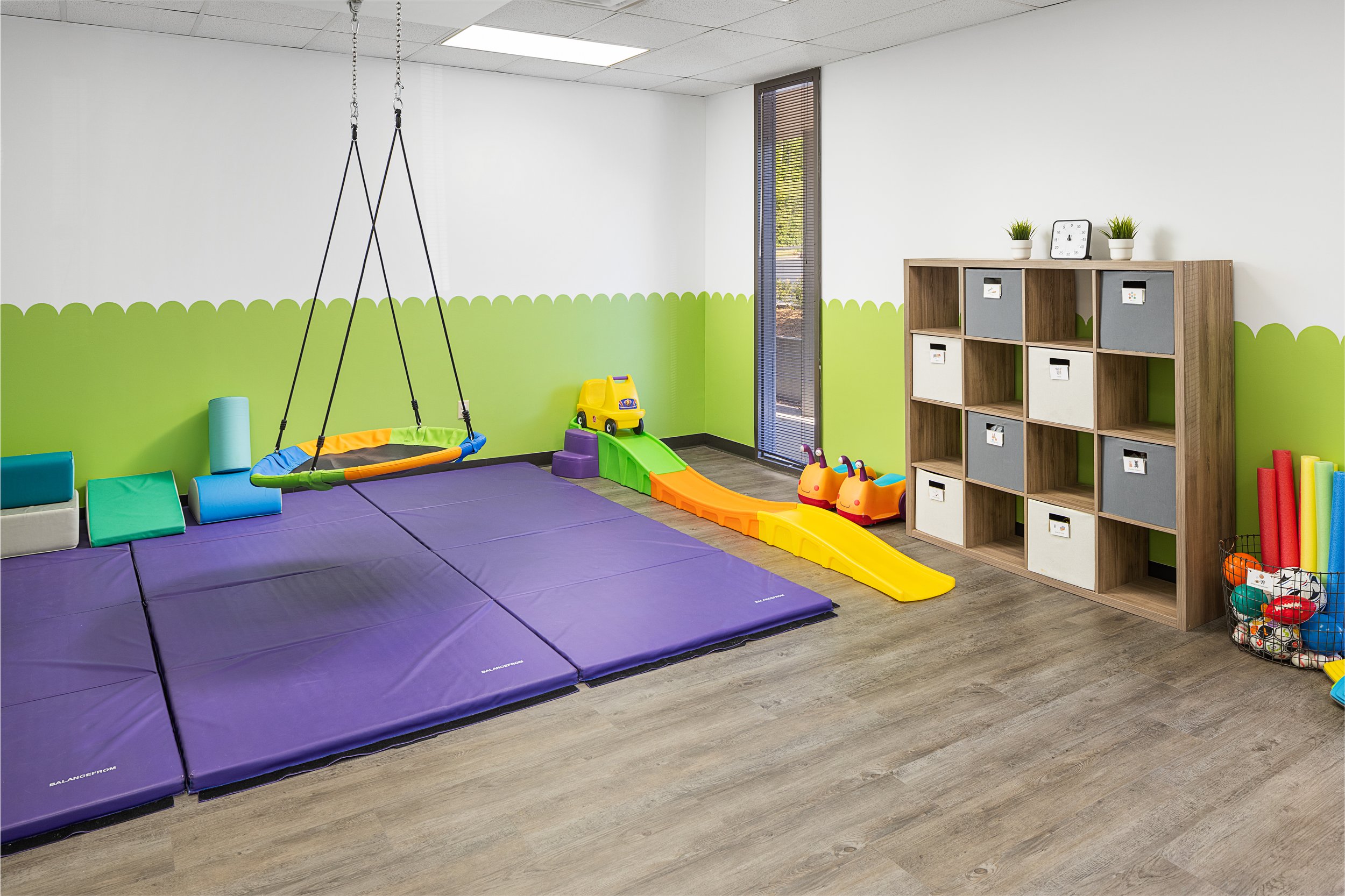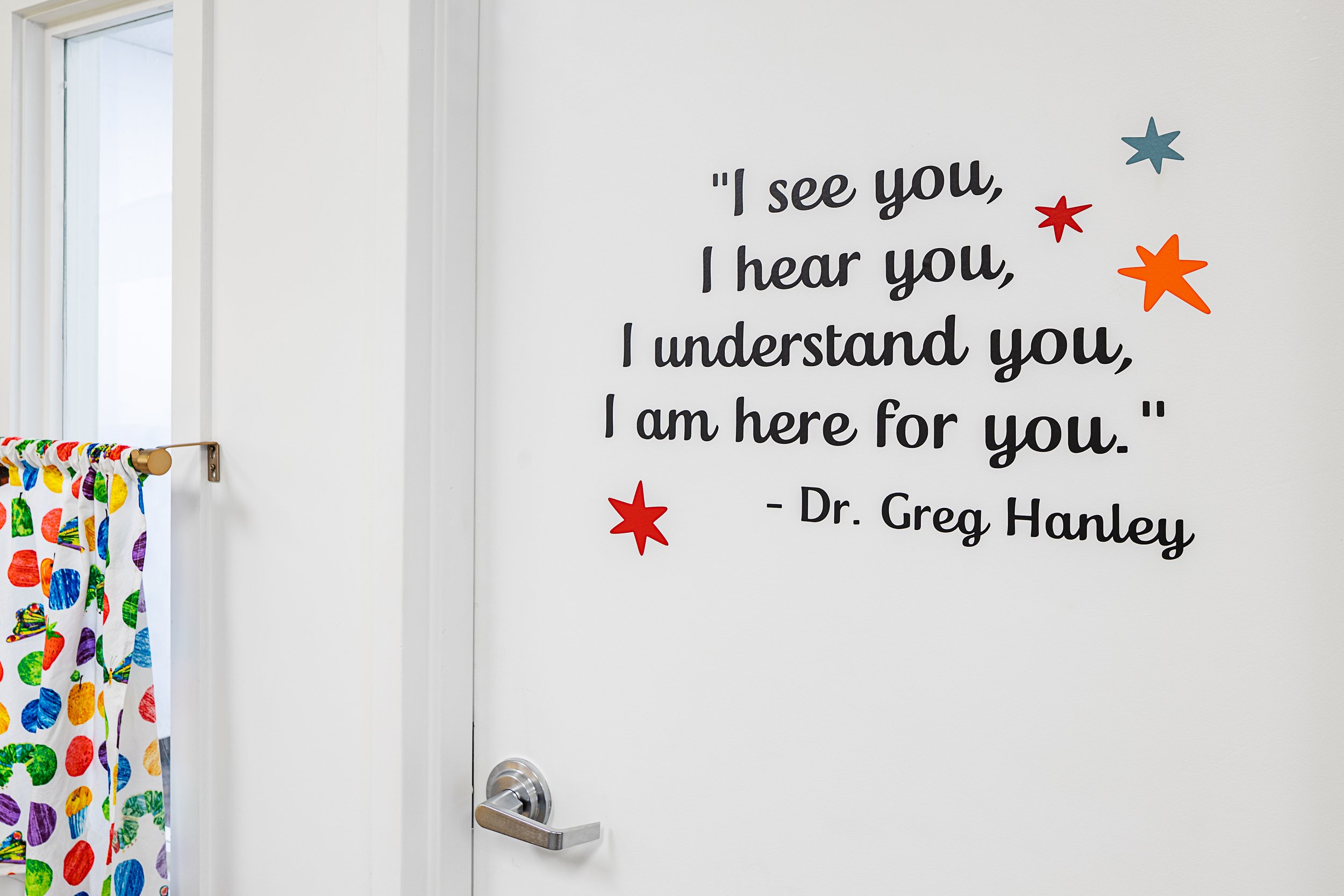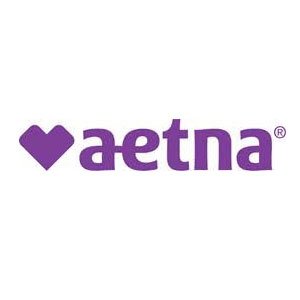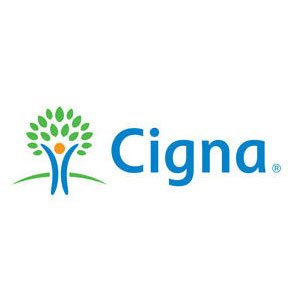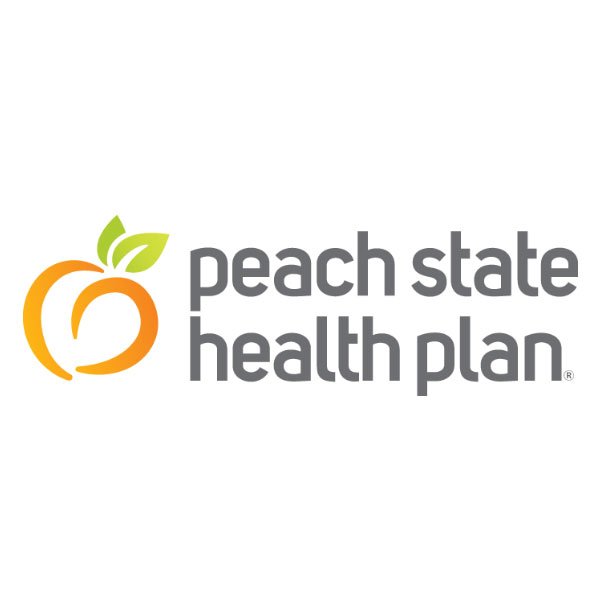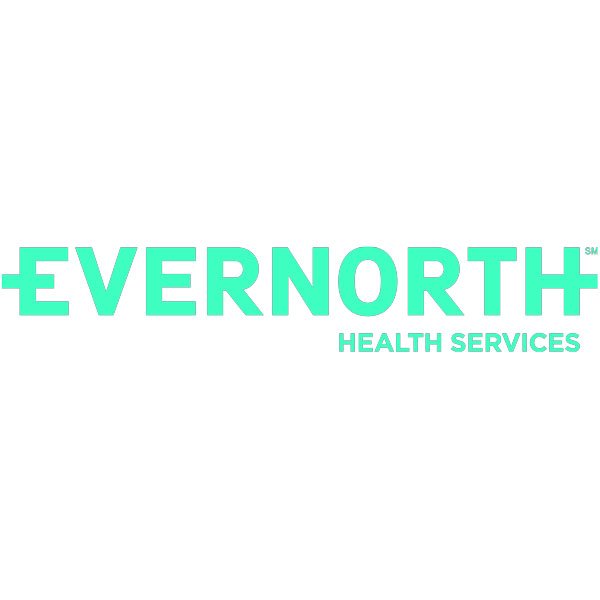Full-day, specialized ABA intervention for children with moderate-to-severe disabilities …
Designed to look and feel like a special education classroom
This program is designed for children aged 2-7 with autism spectrum disorder (Level 2 or Level 3), with accompanying language impairments. Many children in this program also have additional diagnoses, such as down syndrome, cerebral palsy, microcephaly, seizure disorder, or intellectual disabilities, or what is now being referred to as profound autism. Based on data reported from the CDC, 26.7 percent of people with autism spectrum disorder have profound autism (i.e., nonverbal or minimally verbal with intelligence quotient <50); prevalence was estimated to be 4.6 per 1,000 8-year-olds⁽¹⁾.
Our empirically-based ABA program model emphasizes building functional language skills (e.g., alternative methods of speaking), decreasing severe challenging behaviors, increasing leisure skills, increasing independence with activities of daily living, and increasing health and safety skills (e.g., participation with doctor/dentist appointments, medication administration, emergency preparedness). In this program, we use skill-based treatment ⁽²⁾ and Essential for Living ⁽³⁾ to teach meaningful life skills that increase children’s quality of life.
Applied behavior analysis (ABA) uses the science behind how people learn to design teaching plans that are effective, efficient, and individualized to the learner.
Research shows the critical importance of Individualized Intensive Teaching …
Children in this program receive 40 hours per week of ABA therapy. Our program runs Monday-Friday, 8:30 am - 4:30 pm. Our SLP/BCBA and OT work closely with our BCBAs to provide program and individualized therapy recommendations. We believe that the integrated service approach allows for streamlined coordination of autism therapy across disciplines, while emphasizing the foundation of ABA (systematic teaching procedures) that are critical to our learners’ progress. For example, our BCBA works with our SLP to select appropriate Augmentative and Alternative Communication (AAC) and develop teaching plans for communication that integrate speech/language and ABA practices, while our BCBA and OT work together to teach independent manipulation and management of AAC.
Teaching in Context …
Most of us learned life skills through experience - adults did not sit down with us at a table to teach life skills.
Within the Intensive ABA program, we create learning opportunities through enriching routines and activities that are part of life. We teach during meals, transitions, group art activities, hygiene routines, leisure activities, etc.
Why do we place a heavy emphasis on learning in context?
Supports generalization of skills and transfer of skills to real world situations
Increases child’s involvement and assent to the things that they are learning
Emphasizes active engagement so that the child finds learning meaningful
Promotes development of self-control, goal directed behavior, planning/organization skills, problem solving, and perseverance
Promotes social-emotional development by building self-control, flexibility, perspective, turn taking, sharing, etc.
Supports development of physical skills, imitation, visual/perceptual skills, communication/vocabulary, literacy, and math
Building meaningful skills that last a lifetime….
Outcomes for children with autism spectrum disorder and/or intellectual disability are improved by building communication, emotional/behavioral, and life skills.
Adults without intellectual disabilities and adults with mild intellectual disability who communicate through vocal speech were more likely to hold paid jobs in the community, based on data analyzed by the Policy Impact Project. Additionally, of the unemployed respondents, 50% reported that they would like to have a job⁽⁴⁾.
In the Intensive ABA Program, children learn skills that promote communication, independence, and community access, so that they can be determinants for their lives and community participants to the extent that they choose. Examples of skills taught in this program include:
Communication/speaker skills:
Advocate, make requests
Name, describe items, people, places, sensations, or emotions
Answer questions
Listener skills:
Follow directions to complete activities
Recognize, retrieve, or relocate items, people, places, sensations, or emotions
Complete consecutive tasks
Social emotional/behavioral skills:
Wait
Share or take turns
Accept removals and “no”
Cooperate with transitions
Life skills:
Safe transitions/transportation
Daily living/self-care: Eating, drinking, sleeping, mobility/transportation, avoiding harm, toileting, bathing and personal hygiene, tolerating medical and therapy appointments
Safety skills
With embedded supports that allows for optimal learning ….
Children in this program benefit from a dynamic program model delivered by a specialized team of experienced providers:
1-on-1 intensive teaching, which includes opportunities for group instruction
Individualized programming, integrating ABA/verbal behavior and naturalistic developmental approach
Certified therapists (Registered Behavior Technicians) with specialty training in augmentative and alternative communication, verbal behavior, skill-based treatment, and Essential for Living
Program oversight and daily contact with Master’s level Board Certified Behavior Analyst (BCBAs)
Multi-disciplinary consultant team with experienced related service providers providing embedded supports consistent with best practices across disciplines including Speech and Occupational Therapy:
Collaboration to support skills beyond the therapy
room leads to optimal outcomes…
Family Involvement & Coordination of Care
Research shows that parent and family involvement is best practice in ABA. We believe caregiver involvement is key to a child’s success….
We partner with families to understand their unique family values and long-term goals for their child when designing a child’s individualized treatment plan
We teach parents how to use the techniques that we are using in the clinic and transfer them to the home
We facilitate transition planning to support coordination of care with future providers and school teams
We communicate with a child’s related service provider(s), doctors and other providers to ensure continuity of care
Transitioning Learners to the Right Learning Environment for Them
Using individualized assessment tools, our team tracks daily and monthly progress to make determinations about reducing the number of therapy hours. It is our goal to transition your child to a learning environment that is best suited to their specific needs. When our data suggest that a child is ready to make this transition by achieving important milestones, we create a plan and recommendations for this important transition.
Program outcomes….
Using individualized assessment tools, our team tracks daily and monthly progress to make determinations about reducing the number of therapy hours.
Children in our Intensive ABA program have received ABA for an average duration of 1.4 years (n=5, 2020-2023)
100% of children in our Intensive ABA program showed at least a 75% growth in language and learning assessment scores; 80% of children showed at least a 200% growth in language and learning assessment scores (n=5, 2020-2023)
Based on daily data collection, 75% of children in our Intensive ABA program showed at least an 90% reduction in challenging behaviors (n=4, 2020-2023)
In-Network Insurance Partners
Need help with funding?
We accept the Katie Beckett Deeming Waiver! Click here for more information from Debbie Dobbs, Education Consultant and Child Advocate, to learn about the program and if your child might qualify.
References:
Hughes M.M., et al. (2003). The Prevalence and Characteristics of Children With Profound Autism, 15 Sites, United States, 2000-2016. Public Health Reports; 0 (0).
Hanley, G. P., Jin, C. S., Vanselow, N. R., & Hanratty, L. A. (2014). Producing meaningful improvements in problem behavior of children with autism via synthesized analyses and treatments. JABA, 47, 16-36.
McGreevy, P., Fry, T., & Cornwall, C. (2012, 2014). Essential for living. Orlando, FL: Patrick McGreevy, P.h.D., P.A. and Associates.
National Core Indicators Adult Consumer Survey 2014-2015
